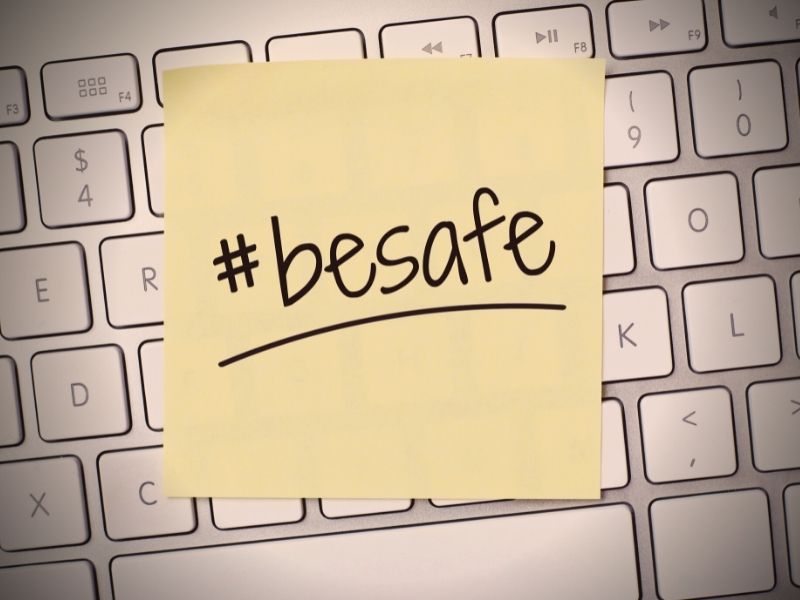
Welcome to the world of Aiki-Jujutsu, a martial art that blends various techniques of Aikido and Jujutsu. If you are considering learning Aiki-Jujutsu, you might be wondering about the risks involved in practicing this dynamic martial art.
Aiki-Jujutsu involves joint locks, throws, strikes, and other techniques that can potentially cause harm if not executed with care and precision.
In this article, we will discuss the potential risks of Aiki-Jujutsu and provide tips on how to stay safe during training sessions. So read on to learn more about the safety precautions you can take to ensure a fulfilling, injury-free experience in the exciting world of Aiki-Jujutsu!
The Dangers Of Aiki Jujutsu
Aikijujutsu, a martial art once practiced by the samurai, emphasizes the harmony of energy and minimal energy expenditure during combat.
This traditional and classical art has its roots in Japan's feudal era and was founded by the Takeda Family Clan. Aikijujutsu places a strong emphasis on combat and defense ability, with its techniques originating from empty-handed sword strokes and battlefield tactics.
Before being known as Aikijujutsu, it was called Oshikiuchi in the nineteenth century. The practitioner of Aikijujutsu coordinates their movements with the attacks of their opponent, with body positioning or Taisabaki being a core principle.
When faced with an attack, the practitioner either neutralizes or parries it through steps, and can control opponents through locks, chokes, strikes or throws.
When talking about just how dangerous it is, like any physical activity, there are risks and potential injuries that can occur in Aiki Jujutsu. However, the majority of these risks can be minimized with proper training, technique, and safety precautions.
One should never underestimate the power of the human body, and Aiki Jujutsu techniques can cause serious injury if not properly executed--for either you or your partner. So make sure you always train with a partner who has experience and listen to your instructor's guidance.
The Most Common Injuries Sustained In Aiki Jujutsu

Hyperextended Elbow
The most common injury sustained in BJJ is a hyperextended elbow. A hyperextended elbow can occur when an opponent forcibly extends your arm beyond its normal range of motion. It can also occur from overuse, such as repeatedly practicing the same submission hold.
Head and Neck Injuries
Another potential injury in Aiki Jujutsu is to the head and neck. These injuries can occur from improper technique, such as attempting a throw without control of your opponent's body or using excessive force in a submission hold.
These are thankfully not too difficult to avoid, thankfully. Just always practice safe rolling and tap out if necessary to prevent serious injury.
Knee Injuries
Knee injuries, such as ACL tears, are also common in Aiki Jujutsu due to the nature of grappling and applying pressure to the joints. BE sure to warm up properly before training and listen to your body's limitations to prevent knee injuries.
Additional Risks Involved When Practicing Aiki Jujutsu

Another potential danger of Aiki Jujutsu is the risk of contracting an infectious disease, such as skin infections or staphylococcus infection. These risks can be minimized by practicing good hygiene and making sure to clean and disinfect all training equipment regularly.
It may be a shocker to some that they even have to worry about this kind of thing, but remember: practitioners of contact sports are especially at risk for contracting a communicable disease, as they often come in close physical contact with others during training and competitions.
So take care of yourself in this regard. Be sure to always shower and wash properly before and after training and to avoid sharing personal items such as towels or water bottles.
However rare these kinds of diseases may be, it is still important to be aware of them.
How To Stay Safe When Practicing Aiki Jujutsu

Practicing Aiki Jujutsu comes with some inherent risks, but they can be minimized through proper training and supervision.
To stay safe, you should always follow the instructions and guidelines set out by your instructor. It's also seriously crucial to wear the appropriate protective gear, such as a mouthguard and headgear, and to listen to your body and not push through any pain you may experience.
Plus, practicing good hygiene and regularly disinfecting training equipment can help minimize the risk of infection.
Avoiding risky behavior is also important, such as performing dangerous stunts or ignoring tap-outs--two things you most certainly never want to do during a session.
To further minimize the risk of injury, you should always warm up and stretch before each training session. And in the event that an injury does occur, seeking medical attention promptly is paramount.
Another important consideration is to educate yourself on the signs and symptoms of concussion. If you suspect you may have suffered a concussion during training, seeking medical attention immediately is absolutely essential for your own personal safety.
So you don't need to worry too much: by taking the necessary precautions and being mindful of your body's limitations, you can safely and effectively practice Aiki Jujutsu.
The Wrap-Up

So! While Aiki Jujutsu can be a physically demanding sport that comes with the risk of injury, it is no more dangerous than other contact sports like football or basketball. With proper training, supervision, and safety measures in place, the risk of injury you receive can be minimized.
As with any physical activity, it's well worth it to listen to your body and take necessary precautions to prevent injury. Regardless, the benefits of practicing Aiki Jujutsu, including improved physical fitness, self-discipline, and self-defense skills, can outweigh the risks.
So if you are considering practicing Aiki Jujutsu, don't let fear hold you back. With the right mindset and approach, you can enjoy this sport and reap its many rewards, all the while minimizing the risk of injury.
[author-box-jpx-fitness]
